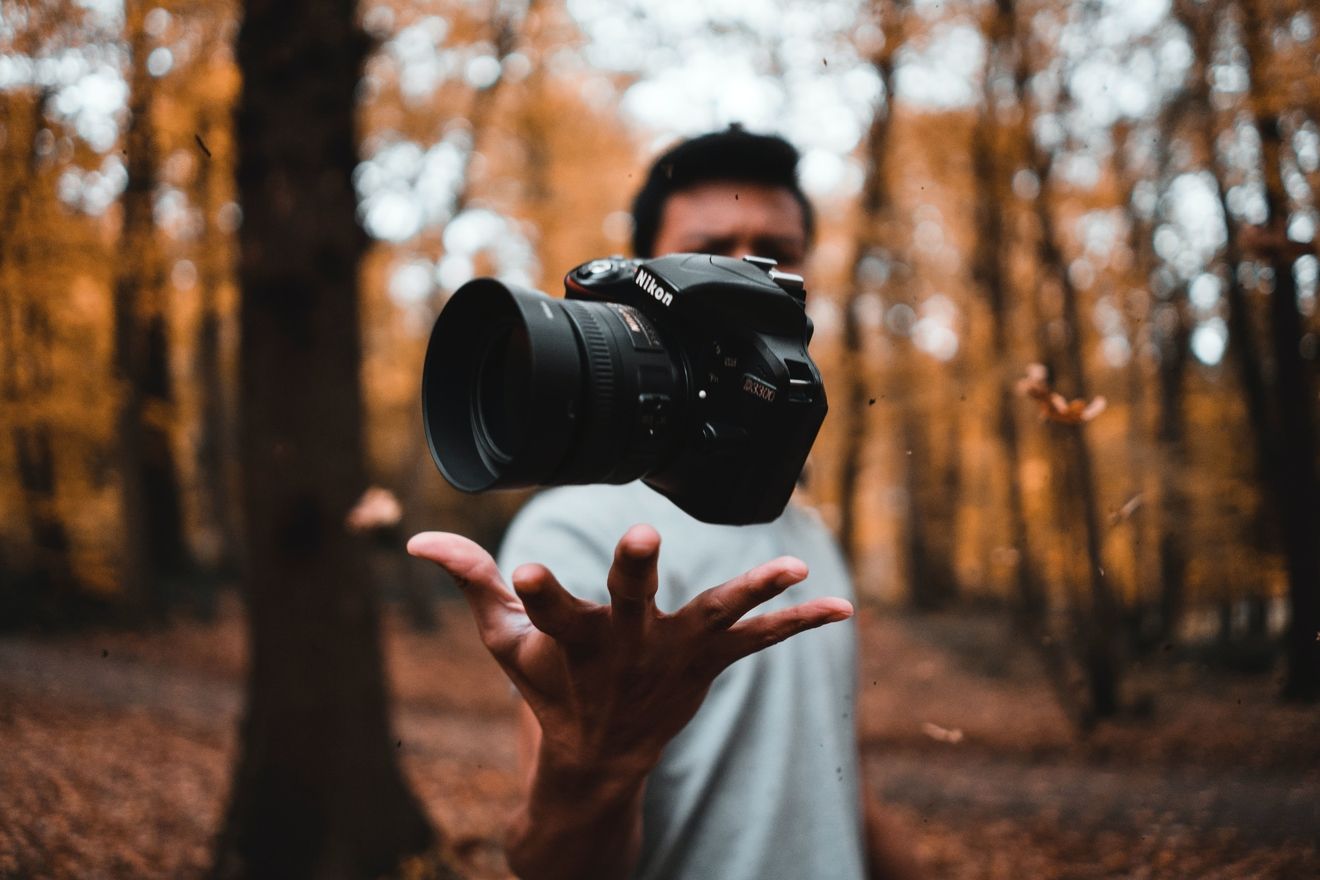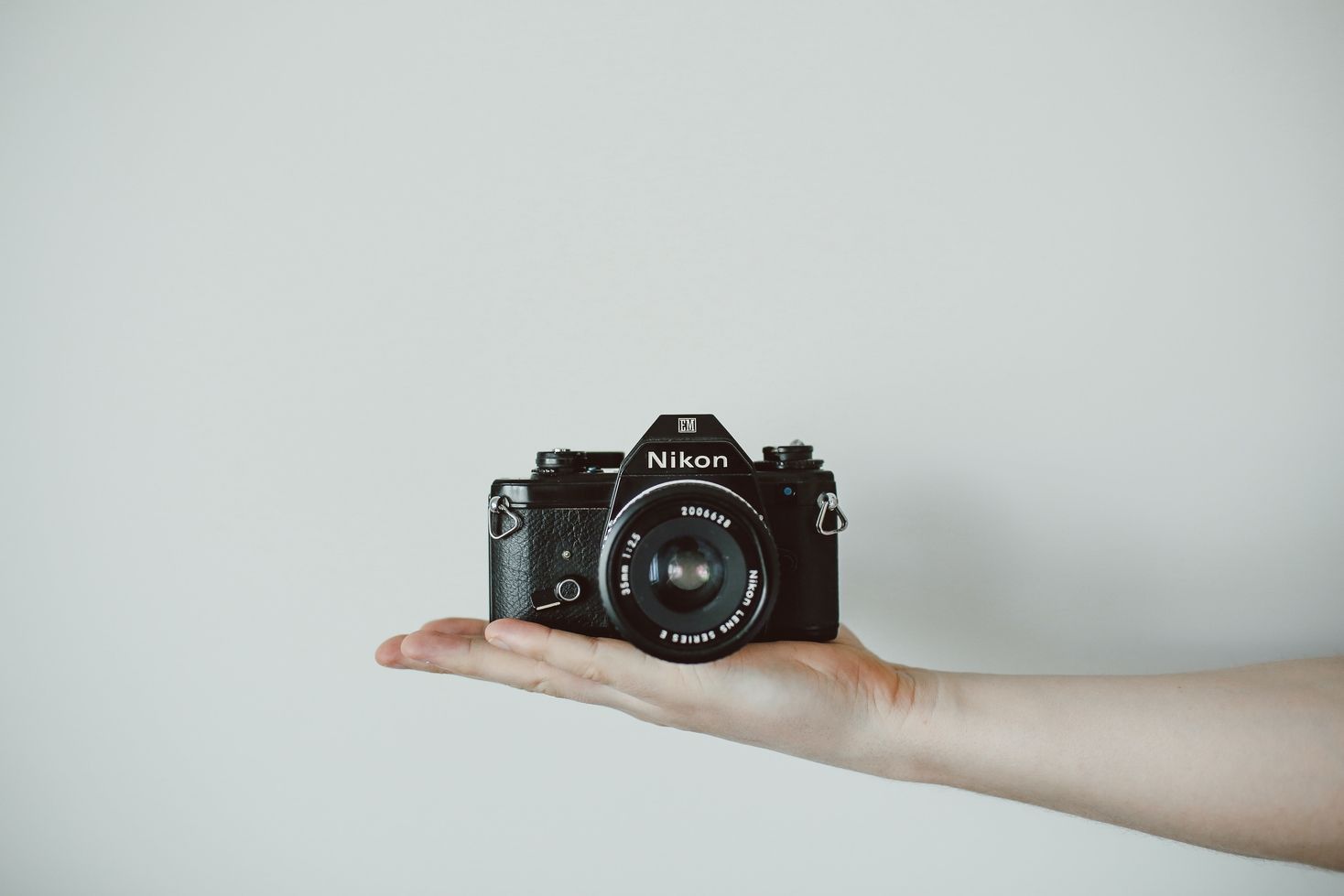What Is JPEG Images? Features, Pros & Cons
Rent film gear from local filmmakers.

Rent film gear from local filmmakers.
The JPEG file type is indeed the daily bread of everyday picture file storage and display, appearing on internet browsers and cellphones all around the world.
Odds are that many images on your laptop are going to be JPEG files. But what exactly is this format, and how to reap the benefits of its compression features? Discover it in this article!
If you are eager to learn the basics about images, photographs, and all the technical sides of photography, take a look at this ultimate guide on photography.
What are JPEG images?
JPEG is an abbreviation for "Joint Photographic Experts Group", which also stands for the name of the committee that created it. JPEG images are smaller versions of images and are commonly used in web-based applications.
JPEG photos preserve decent picture quality despite a huge reduction in size due to lossy compression. Their level of reduction can be changed, providing for a customizable balance between picture quality and storage capacity.
JPEG is the most frequently used image compression set of standards, as well as the most widely employed digital picture form, since its inception in 1992, with billions of JPEG images generated per day.

What are JPEG files used for?
A JPEG image may show 16.8 million colors whilst remaining small in size. It's for this reason it is the go-to file for both photojournalists and online content providers.
Photography visuals
Although photographers prefer to snap in RAW format to ensure precise click of the picture, they frequently post the results of their labor in Jpeg files on the internet. Because of its lower size, it will load quickly on most platforms - including mobile - without compromising quality.
Faster loading speed and webpage publication
Employing JPEG files on a webpage benefits everybody from big-name publishers to bloggers. Readers will have faster access to the content because of quicker site loading speed, and JPEGs don't take a huge amount of cloud storage capacity.

JPEG images: Pros and cons
Pros
- Easily transferable and readable - it's the most widely used picture data format suitable for nearly all websites, applications, and devices
- Retain color information well despite the lossy compression
- Post-processing is simpler since the white balance and saturation of JPEG files are determined with a snap of a camera
Cons
- Although lossy compression saves storage, it degrades picture quality while working with substantially reduced photos
- Because many details are lost in compression, posterization can occur - the elimination of a seamless transition between hues which renders a picture appear blockier and harsh

How to open a JPEG file
1. On a browser (Windows)
If you find a picture on a website page that you wish to examine separately, you can do so by opening it in a new tab. On a PC, right-click the picture and choose Open Image in New Tab.
2. On a hard disk
- A default image viewer application for Windows or Preview for Mac should be installed on your laptop. Double-click the image file on your computer to launch it with the default software;
- Right-click the image on your computer or in a file explorer window;
- Go down, click Open With, and scroll right to see a list of programs that have been pre-set to open the JPEG.
3. On a web browser (Mac)
If you're using Safari or another browser on a Mac, you'll see the same option for opening a picture in a separate tab as the described previous section. Simply click on the picture while holding down the Command key to bring up the menu, then choose Open Image in New Tab.
Learn more. Dive deep into luminance
We hope you got the hang of JPEG format and are ready to explore more!
Next up - luminance. Take a deep dive into learning about this image post-processing feature and discover how to add it to your photographs.
What is a JPEG image?
JPEG is an abbreviation for "Joint Photographic Experts Group". This image format is commonly used for photographs. JPEG is also a lossy compression method that results in a reduction of image quality.
What is a JPEG image used for?
JPEG images are commonly used in photography and also in online publications since they ensure a quick loading speed of a page due to their small size.























